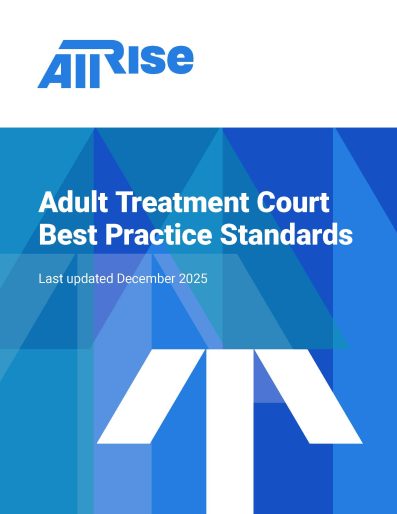Adult Treatment Court Best Practice Standards
All Rise’s Adult Treatment Court Best Practice Standards represent decades of research on treatment courts, criminology, and behavioral health. The standards distill this research into actionable best practices, providing a comprehensive blueprint to enhance outcomes across all treatment court models.

The Latest Edition: December 2025
As a dynamic and evolving resource, the standards are updated on an ongoing basis. A revised version of the standards is now available. The latest version includes revised, detailed commentary for all standards.
In the future, All Rise plans to conduct a comprehensive review of the the standards and incorporate any updates on an annual basis.
RISE25 Presentations
To help deepen your understanding of the standards, we invite you to view two presentations from RISE25.